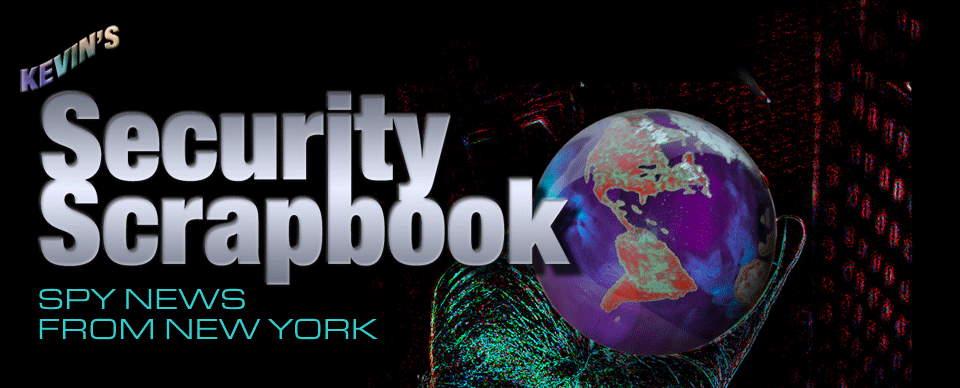"The NSA made me slather my face in make-up... I had slathered the paint on my face in order to hide from computers. The patterns in which I applied the paint were important: To the pixel-calculating machinations of facial recognition algorithms, they transformed my face into a mess of unremarkable pixels. In the computer’s vision, my face caused a momentary burst of confusion. That’s why the patterns are called computer vision dazzle (or CV dazzle). When it works, CV dazzle keeps facial-recognition algorithms from seeing a face...
 ...more unexpected was what CV dazzle taught me about the physical world. It reminded me of another tech experiment I’d undertaken:
...more unexpected was what CV dazzle taught me about the physical world. It reminded me of another tech experiment I’d undertaken: My phone’s Reminders app can tie a message to a specific place, it triggers an alert tone every time a user comes within 500 feet. I’d tried tying these reminders to a different kind of location—the 176 embassies and diplomatic missions in Washington, D.C. Whenever I got within a couple hundred feet of one, my phone sent me a little ping: “Iceland.” “Thailand.” “Equitorial New Guinea.”...
 ...here is the essence of CV dazzle’s strangeness: The very thing that makes you invisible to computers makes you glaringly obvious to other humans." (more) (official site cvdazzle.com)
...here is the essence of CV dazzle’s strangeness: The very thing that makes you invisible to computers makes you glaringly obvious to other humans." (more) (official site cvdazzle.com)Blank Reg would have loved this.























